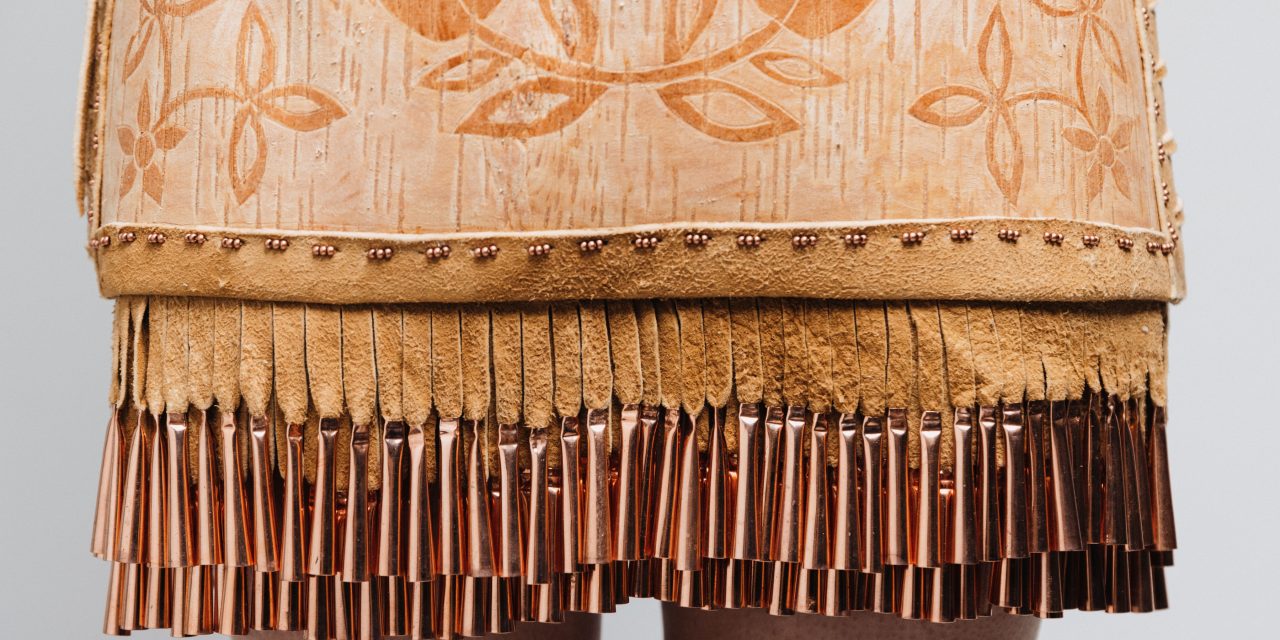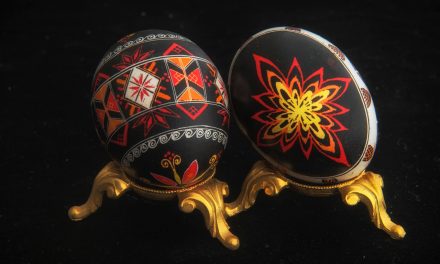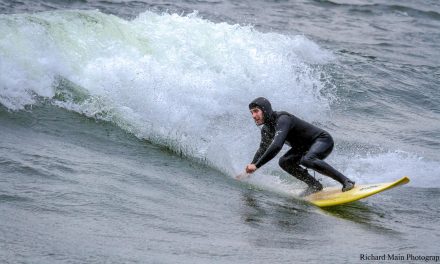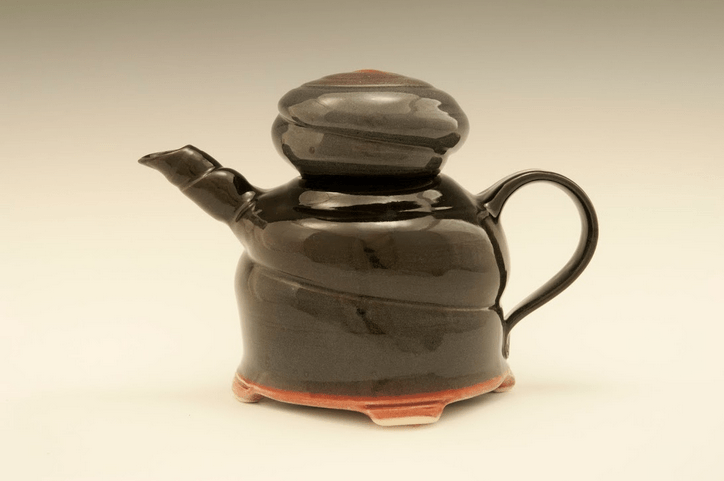Helen Pelletier Presents her First Exhibition at the AG
For Indigenous communities, a strong relationship to the land is key to a good life. With this in mind, I sat with Helen Pelletier of Fort William Fort Nation to chat about her upcoming exhibition at the Thunder Bay Art Gallery while boiling maple water down to sweet golden syrup.
Pelletier’s work is epitomical of community and reciprocity. She spends her time caring for the land, learning to listen and trust the earth’s natural life cycle, and using what it gives her in return to create masterfully made baskets, bags, and earrings. “For me, it’s about connecting, healing, and relationship-building,” she tells me. “It’s community-based creation.” And it shows—the teachings she has been given have helped her shape wiigwas (birch bark) into her beautiful pieces.
“It’s a reciprocal relationship,” she says about her harvesting of wiigwas. “People don’t understand that there are different kinds of bark.” She harvests not only summer wiigwas, which is golden in hue with a soft, smooth finish, but also winter wiigwas, the star of her exhibition, which is coppery red and feels more gritty to the touch. “I can only harvest winter wiigwas for about a week in the year, and only when the trees allow me to harvest,” Pelletier says. Reciprocity is central to her creation process—it’s evident that her pieces don’t begin and end with the weaving of roots and etching of bark, but are a product of the time and dedication she shares with the land and trees: “I give, the tree gives,” she says. It’s Pelletier’s long-standing relationship with the trees that bring forth her work.
Pelletier started her wiigwas practice back in 1998 and honed her skills for 20 years before starting the intricate work she does now. In 2018, she started a five-year plan of creation, dreaming of women wearing birch bark. Her latest piece, a winter wiigwas floral-etched skirt, achieves that dream in a beautiful way: the skirt is made of two panels, held together with home-tanned deer hide by Kanina Terry and adorned with copper beads and jingle cones. It was made to fit Alyssa Lentz, who models the piece. The outfit also features earrings and a necklace by Only Child Handicrafts. Pelletier makes it clear that the skirt, the design of which came to her in a dream, could not have come together without the support of the women who contributed to its making.
Helen Pelletier’s exhibition opens June 23 at the Thunder Bay Art Gallery. The exhibition will include etched baskets and backpacks, a wiigwas jiimaan (birch bark canoe), and her most ambitious piece of wearable art, the winter wiigwas skirt.
Follow @helendawnp on Instagram for more details.
Story by Sarah McPherson, Photos by Patrick Chondon














